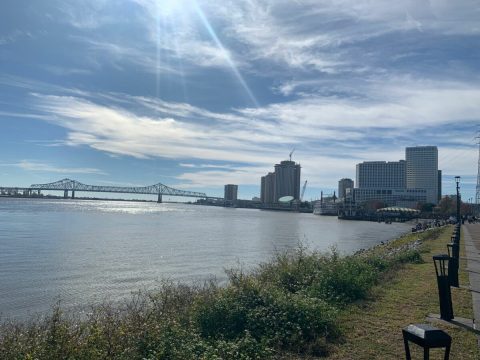Most People Don't Know How These 7 New Orleans Neighborhoods Got Their Names
New Orleans has a total of 73 neighborhoods, which can be a bit overwhelming. From the Bywater to Bucktown, we’ve got the history of some of New Orleans’ most popular neighborhoods. Let’s take a look.
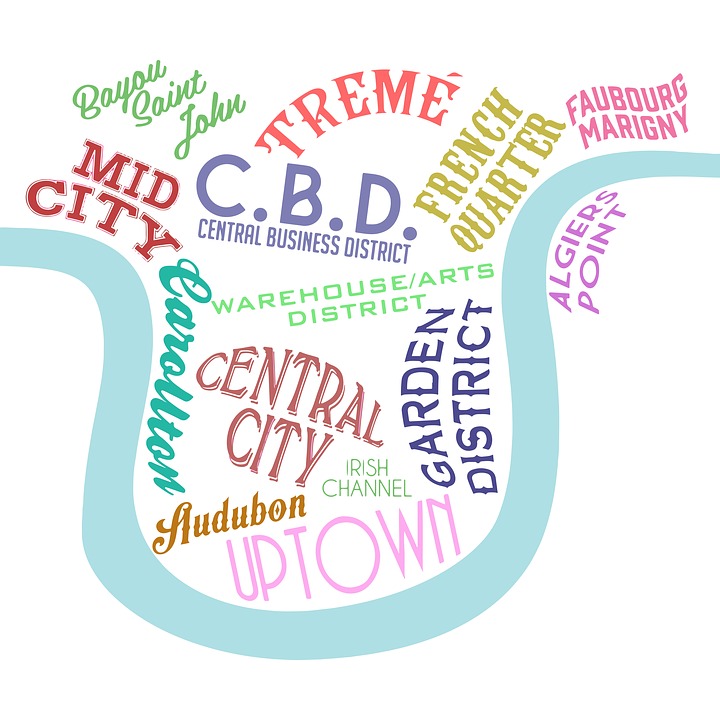
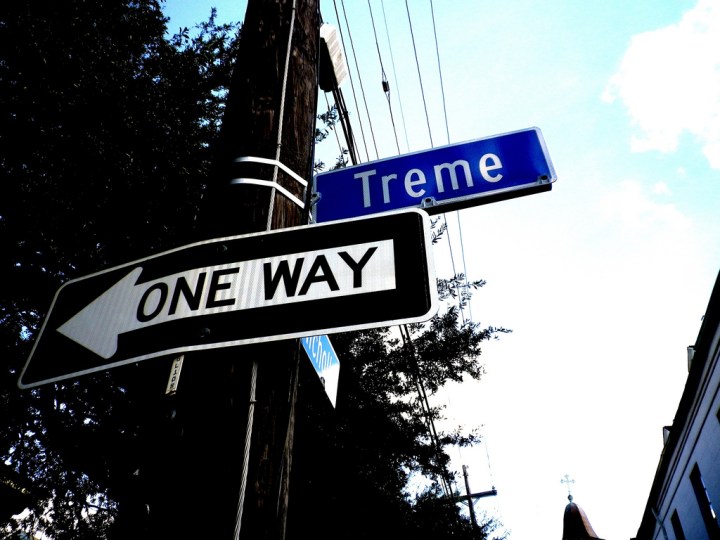
Sometimes referred to as the "back of town", this neighborhood is named for Claude Treme, a Frenchman who owned most of the land in the early 1800s.
Advertisement
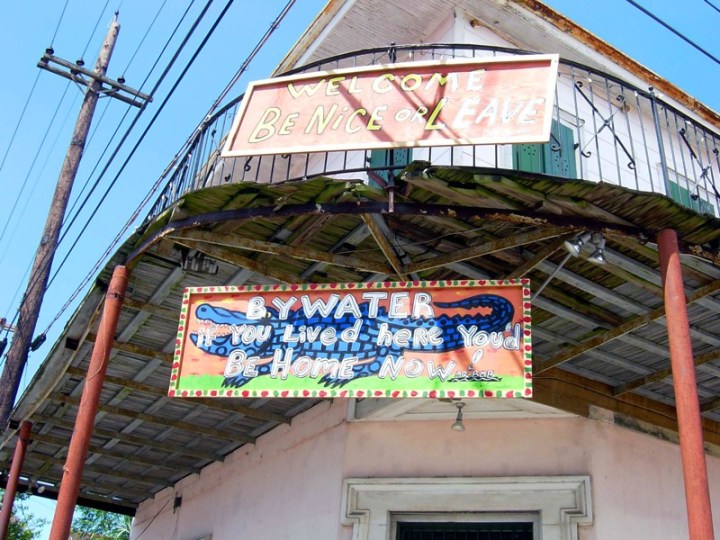
Originally called Faubourg Washington and then later Little Saxony, the Bywater got its name when the telephone company gave each area a specific code name, to make it easier to remember phone numbers. BYwater was the name given to this area, since it’s so close to the Mississippi River. The code was later changed to WHitehall, but by this time the name Bywater has stuck.
Advertisement
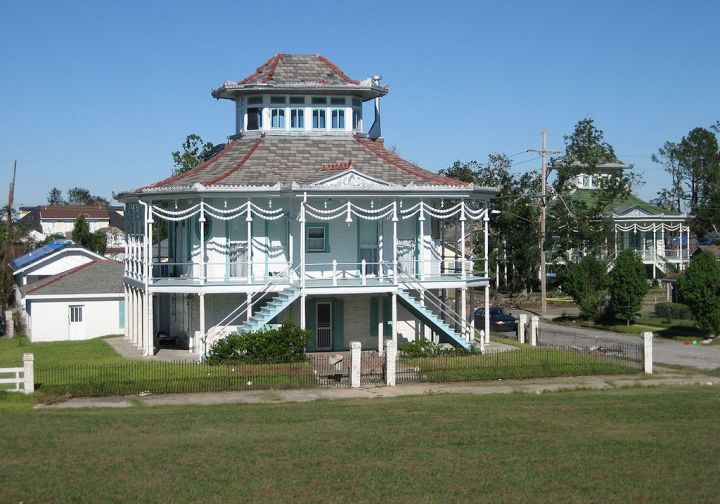
In 1849 the Congregation of the Holy Cross built an orphanage in the area, which would later become the Holy Cross School, an all-boys school. The neighborhood took its name from the school.
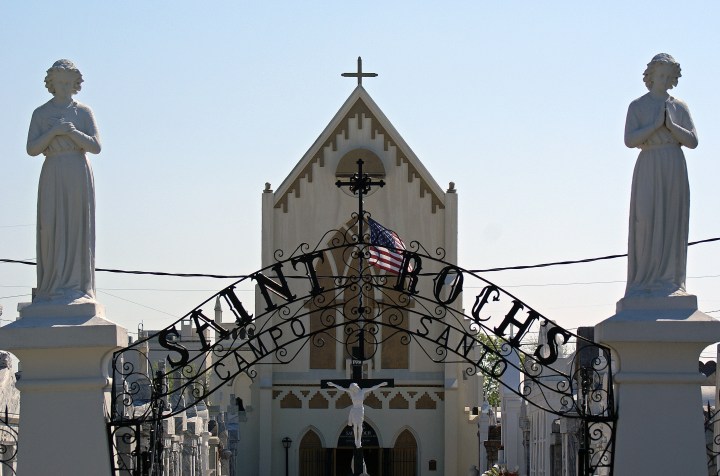
St. Roch was originally known as Faubourg Franklin, but became St. Roch after the yellow fever epidemic plagued the city in the mid-19th century. German priest Peter Leonard Thevis prayed to St. Roch, the patron saint of good health, that he would build a chapel dedicated to him if no one in the parish died of yellow fever. He ended up building the chapel, and the neighborhood became known as St. Roch ever since.
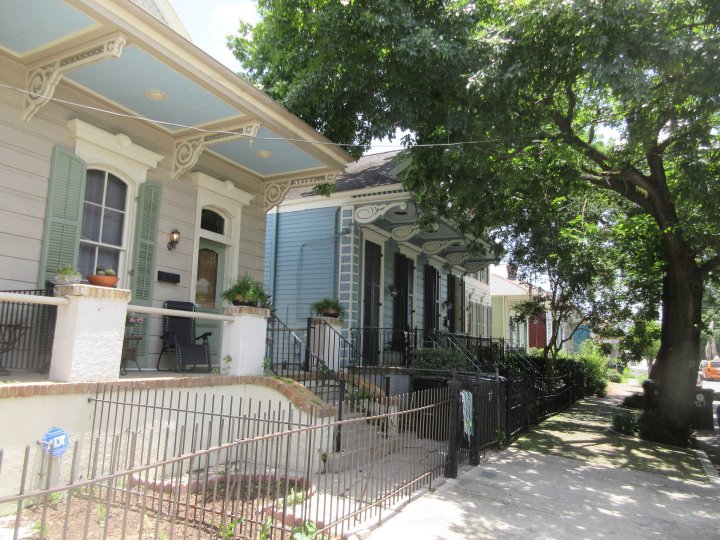
This area was largely populated by Irish, German, and Italian immigrants in the mid 1800s. While the exact origin of the name is unknown, we can assume it probably came from the large population of Irish who settled in the area.
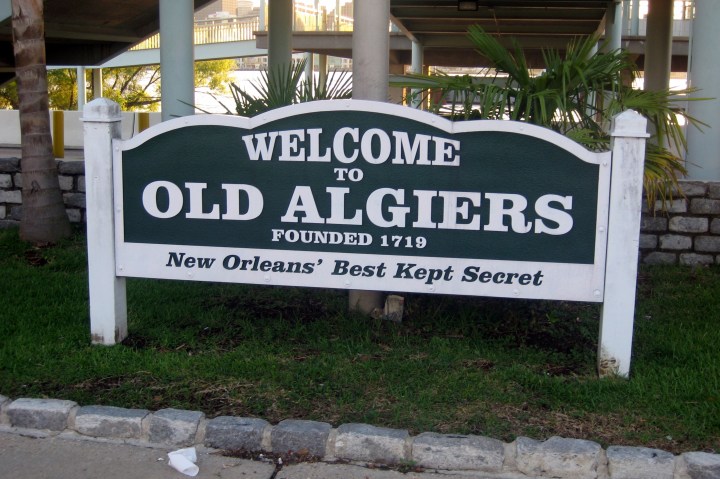
There are two theories on how New Orleans’ second oldest neighborhood received its name, though neither have ever been proven. One theory is that the name came from early settlers, comparing the proximity of New Orleans to Algiers to France and Algeria. Another theory is that a soldier returning from fighting in Algeria believed the landscape looked similar.

There are a few theories of how this Metairie neighborhood got its name, though no one knows for sure. Some believe the name came from the area’s popularity during Prohibition, when there were multiple speakeasies in the neighborhood, the name coming from the "young bucks" who would visit the speakeasies. Others believe the name came from the number of bucks hunters could kill in the area. And a third theory suggests that the area was named for Capt. Buck Wooley, who was an early settler in the 1840s who rented fishing boats and ran a saloon.
OnlyInYourState may earn compensation through affiliate links in this article. As an Amazon Associate, we earn from qualifying purchases.


